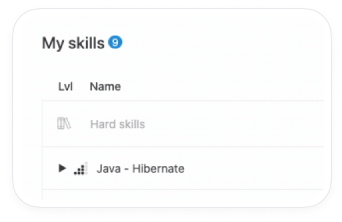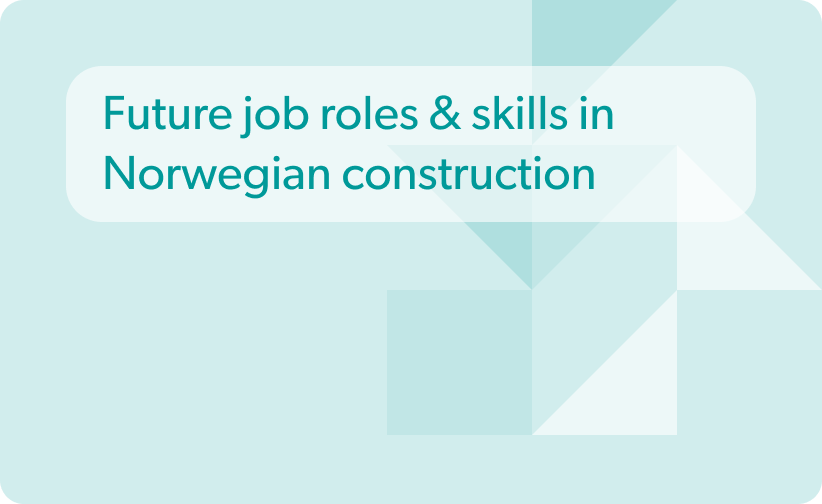In 1935, a candy company acquired a dog food brand. While some curiously scratched their heads, this move proved to be visionary. This is the tale of when the major candy brand Mars acquired Whiskas and Pedigree. Today, one of their highest revenues comes not from the beloved human indulgence of M&M’s but rather from their pet products. This is an example of a successful merger and acquisition (M&A). It represents the techniques for companies to grow, develop strategic positioning, acquire technologies and talents, and create synergies.
Despite lingering uncertainty from COVID-19, 2021 marked a record for mergers and acquisitions with more than $5 trillion in global volume. However, more than 80% of the mergers and acquisitions have failed to produce any benefits, while half of them led to a reduction of the value of the companies.
MBA courses regularly use the Daimler-Benz and Chrysler case study of merger and acquisition as the textbook example of how a culture clash led to the failure of a deal. The two cultures, German and American, were too different. Where decision-making at Daimler-Benz was methodical, at Chrysler, it was creative and unstructured. Salaries at Daimler-Benz were conservative, much less so at Chrysler. Finally, Chrysler followed a flat hierarchy structure, whereas Daimler-Benz followed the top-down structure.
Within a decade, Daimler had sold 80% of Chrysler to Cerberus Capital Management for US$7 billion.
Through this example, one can conclude that the role of HR in mergers and acquisitions adds a significant value and even a critical success factor. Let’s look at significant challenges in mergers and acquisitions that HR leaders need to prepare for.
Major challenges in mergers and acquisitions
There are many reasons why mergers go wrong. However, “people-related challenges” are a far more common precursor to acquisition failure. The reduction in human efficiency, high employee turnover, and accumulated tacit knowledge can be a high cost to bear.
Apart from the financial value, the loss caused by learning curves, employee stress, and conflict must be offset. Even deciding which organization’s command structure will be utilized can raise employee-related concerns.
Broadly put, “people-related challenges” include retaining talent, navigating through cultural differences, and creating shared vision and goals for both companies’ employees now working together. Overlooking any steps in just one of these areas can decrease the chances of the merger and acquisition being successful.
In the following sections, we address the role of HR in mergers and acquisitions before and after the deal to not disrupt the alignment between the two companies.
The role of HR in mergers and acquisitions before and during the process
Solving employee-related issues
Naturally, some employees may be reluctant to adapt to the new work culture during the merger and acquisition process. Such resistance can lead to a severe culture clash. It’s a common human tendency to resist change. Since mergers and acquisitions bring an element of uneasiness and change for the employees of both merging companies, HR in both organizations should act as a comforting factor and take measures for sorting out the transition process for employees by:
- Addressing any imminent problems such as inadequate funds for a pension plan or the continuation of medical insurance plans
- Boosting the confidence of employees and removing fear and doubt in the workforce to retain productivity
- Aligning L&D frameworks and preparing employees for new roles
- Ensuring job security
- Understanding the hierarchical structure of the organization post-merger
- Upholding efficiency by identifying leaders from both organizations
- Complying with labor laws
- Supervising personal records
- Providing timely input throughout the merger and acquisition process
Preparing for organization-related issues
HR helps figure out if the organizational culture of two companies partnering together is compatible enough to mesh as one. When two corporate cultures integrate, the responsibility of HR is to enable a smooth transition which covers multiple factors such as:
- Management trends of the two organizations
- The growth rate of the merging companies
- Cultural differences between organizations
- Selectivity in hiring
- Benefit programs such as insurance and perks
- Rates of employee turnover
- Level of estrangement experienced by employees
- Readiness or attitude of employees to embrace a new corporate culture
Want to prepare your employees to be in line with future needs and challenges of your organization?
Mergers and acquisitions lead to changes in day-to-day operations and changes in job roles to fit the need of the newly established merger. In our free strategic workforce planning webinar, we point out all the key factors that affect the future needs of your workforce and how to face them successfully.
The role of HR in mergers and acquisitions after the process
One of the foremost issues faced by an HR department post-merger is the prospect of employee layoffs. When two companies merge, there’s usually some extent of overlap between the functions and roles of the combined organizations. This is often prevalent in back-office functions such as accounting, technology – and yes, even HR itself.
Below is the HR merger and acquisition checklist to help organize and handle the post-merger tasks.
Assess the new job and talent requirements
The HR department should be able to present a recommended approach for employee evaluations – one that clarifies to management the roles and job functions in both organizations, and therefore avoids any overlap among them. Develop a protocol for handling skill and functional redundancies, so you’ll be able to quickly determine which employees should be retained.
Draw up a termination agreement for every affected employee
The agreement should explain the reasons for termination, terms of the severance package (if any), and final paycheck amount. Implement the transition plan to support employees that must be laid off.
Typically, layoffs should not be stretched over for a long period of time to limit any disruption or litigation risk. It also helps sow the seeds for a comparatively swift return to business. A member of the HR team must make sure to meet with each employee and have their final pay arrangements prepared.
Simplify and streamline the process
As an organization grows larger by way of merger or acquisition, HR should specialize in reducing complexity in both the structure and processes for the post-merger or acquisition organization. Look for ways to decrease the amount of pay grades, job titles, and occupational classifications.
Be agile and versatile
The simpler your HR system is, the more adaptable it’ll be to current and future structural changes. Take care to not carve your HR practices in stone. Particularly with the integration of the two companies, stay open to flexibility and deploy your systems gradually.
Expand on the best practices
Lead the newly merged business to enhance the efficiency and effectiveness of their processes and practices. Work with management and staff to handle changes step-by-step and establish workable timelines for those changes.
Using workforce analytics strategically for mergers & acquisitions
The intention here is to rapidly connect HR data sources to business outcomes data and lead in a way that enables further analysis. Evidence-based decision-making makes workforce analytics a strong input into the mergers and acquisition space – where time, clarity, insight, and prediction are of the essence.
In the pre-merger assessment, you’ll leverage workforce analytics to measure the below key points:
- Leadership characteristics, succession planning, cultural traits and behaviors, and the business model mentality?
- Who does what? Who are the key employees? Best value creators?
- What’s the well-being of those key-value creators? What are the costs related to employees and the rate of turnover?
In post-merger implementation, armed with these data points and knowledge of the gaps, you’ll be able to better determine the correct path for implementation and integration from three critical areas:
- Making smarter hiring decisions
- Retaining key talent
- Understanding how people create value within a business.
This kind of data delivered strategically in a timely fashion can facilitate the success of your merger and acquisition by overcoming any people-related challenge. Contact us if you’d like to learn how our workforce analytics solutions can help your HR team navigate a smoother merger and acquisition process.
Stay up to date with our newsletter
Every month, we’ll send you a curated newsletter with our updates and the latest industry news.



























 info@hrforecast.de
info@hrforecast.de
 +49 89 215384810
+49 89 215384810






